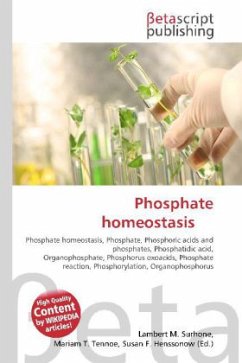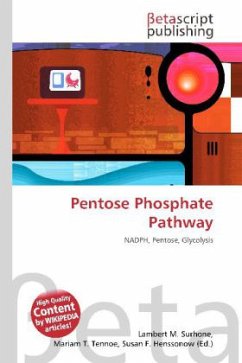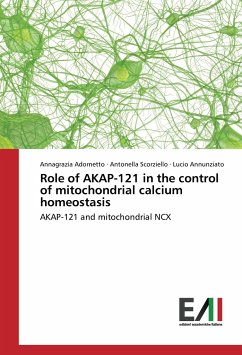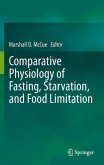Please note that the content of this book primarily consists of articles available from Wikipedia or other free sources online.In the extracellular region near the plasma membrane, portions of membrane-associated molecules wait to capture phosphate and transport it into the cell. The phosphate may occur as inorganic orthophosphate particles or be part of an organic molecule (organophosphate). Bringing phosphate in any form into the cell and when needed transporting phosphate out of the cell is a necessary activity of phosphate homeostasis for that cell. Due to its high reactivity, phosphorus is never found as a free element in nature. Phosphates are found pervasively in biology. Phosphate is a component of DNA and RNA and an essential element for all living cells. Phosphate metabolism is the complete set of phosphate chemical reactions that occur in living cells. Phosphorus (as phosphate usually) is often a limiting nutrient in many environments; i.e. the availability of phosphorus governs the rate of growth of many organisms. Living cells also use phosphate to transport cellular energy via adenosine triphosphate (ATP). Nearly every cellular process that uses energy obtains it in the form of ATP.
Bitte wählen Sie Ihr Anliegen aus.
Rechnungen
Retourenschein anfordern
Bestellstatus
Storno








